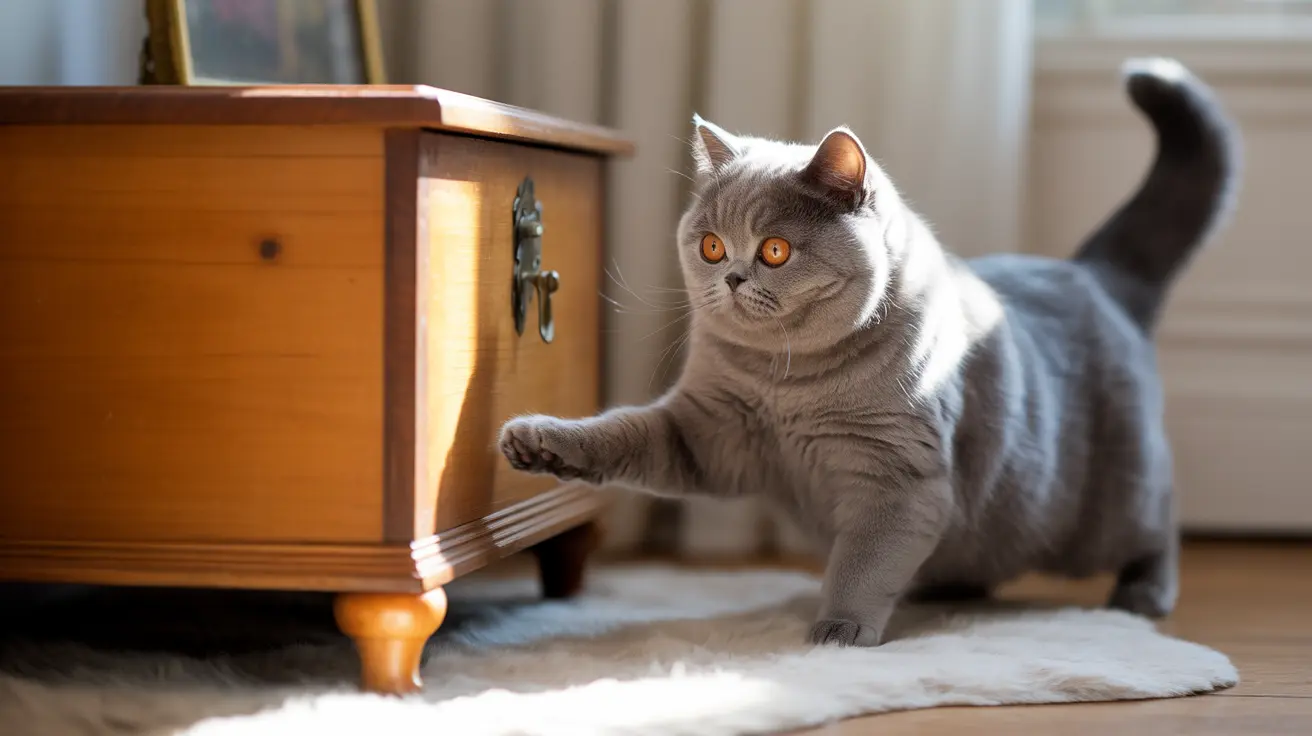If you're a cat owner, you might be wondering about the safety of cedar products around your feline friend. Cedar, encompassing various tree species and products, can indeed be toxic to cats – but the level of risk varies significantly depending on the type of cedar and form of exposure.
Understanding these differences is crucial for keeping your cat safe, as some cedar varieties can cause mild irritation while others pose serious health risks. Let's explore what you need to know about cedar toxicity in cats and how to protect your pet.
Different Types of Cedar and Their Risk Levels
Not all cedars are created equal when it comes to cat safety. True cedars (Cedrus species) generally pose less risk than their "false cedar" counterparts. However, several common varieties can be dangerous to cats:
True Cedars
Species like Cyprus cedar, Deodar cedar, and Lebanon cedar typically cause minimal concern unless consumed in large quantities. These varieties are less likely to cause severe reactions in cats.
Toxic Cedar Species
Several cedar varieties pose significant risks to cats:
- White cedar (Chinaberry tree) contains highly toxic compounds called meliatoxins
- Eastern red cedar contains harmful phenols and terpenes
- Western red cedar can cause reactions, though typically milder than eastern varieties
Cedar Products and Their Impact on Cats
Many household items contain cedar derivatives that could affect your cat's health:
Cedar Oil
Cedar oil products vary in safety levels:
- Some specially formulated, phenol-free versions may be safe
- Traditional cedar oils often contain dangerous phenolic compounds
- Always check product labels for pet-safe certification
Cedar Wood Products
Common items like shavings, mulch, and furniture can present varying levels of risk:
- Cedar shavings may release harmful aromatic compounds
- Mulch and chips could be dangerous if chewed or ingested
- Furniture treated with cedar oil might pose risks through contact or inhalation
Recognizing Cedar Poisoning Symptoms
Watch for these warning signs of cedar toxicity in cats:
- Excessive drooling
- Vomiting and diarrhea
- Loss of coordination
- Seizures (in severe cases)
- Decreased appetite
- Lethargy or weakness
Safety Measures and Prevention
Protect your cat from cedar exposure with these precautions:
- Avoid planting toxic cedar varieties in your garden
- Choose pet-safe alternatives for household products
- Keep cats away from cedar mulch and wood chips
- Store cedar products securely out of reach
- Consider removing existing toxic cedar plants from your property
When to Seek Veterinary Care
Contact your veterinarian immediately if:
- Your cat shows any symptoms after cedar exposure
- You suspect they've ingested cedar products
- They've had prolonged exposure to cedar oils or fumes
Frequently Asked Questions
Is cedar wood safe for cats, or are certain types of cedar toxic to them?
While true cedars (Cedrus species) are generally less harmful, many common "cedar" varieties can be toxic to cats. Eastern red cedar and white cedar (chinaberry) are particularly dangerous, while western red cedar poses moderate risks.
What are the symptoms of cedar poisoning in cats, and when should I call a vet?
Key symptoms include drooling, vomiting, diarrhea, loss of coordination, and possibly seizures. Contact your vet immediately if you notice any of these symptoms after cedar exposure.
Are cedar oil and essential oils safe to use around cats, or can they cause serious health problems?
Most cedar oils can be dangerous for cats, especially those containing phenols. Only use specifically formulated, pet-safe cedar products, and always consult your vet before introducing any new cedar-based products.
Which cedar species and household products are the most dangerous for cats?
White cedar (chinaberry) is most toxic, followed by eastern red cedar. Cedar oils, mulch, and shavings can also be dangerous, particularly those not specifically labeled as pet-safe.
How can I keep my cat safe from cedar toxicity at home and in the garden?
Remove or avoid planting toxic cedar varieties, use pet-safe alternatives for household products, keep cedar materials out of reach, and carefully research any cedar-based products before use around your cat.






